This report is grounded in the rich history of Title IX and takes a multi-dimensional look at its impact. The report is based on a rigorous literature review and original research using publicly available data sets. The focus is primarily on the enforcement of Title IX in athletics and the three major areas that should be reviewed in ongoing and regular Title IX audits: athletic participation opportunities, allocation of athletic scholarship funding, and allocation of resources in operational areas. The report examines Title IX through the lens of intersectionality, explores emerging issues, and looks ahead to what is needed to accelerate the pace of change for the next 50 years.
50 Years of Title IX: We’re Not Done Yet
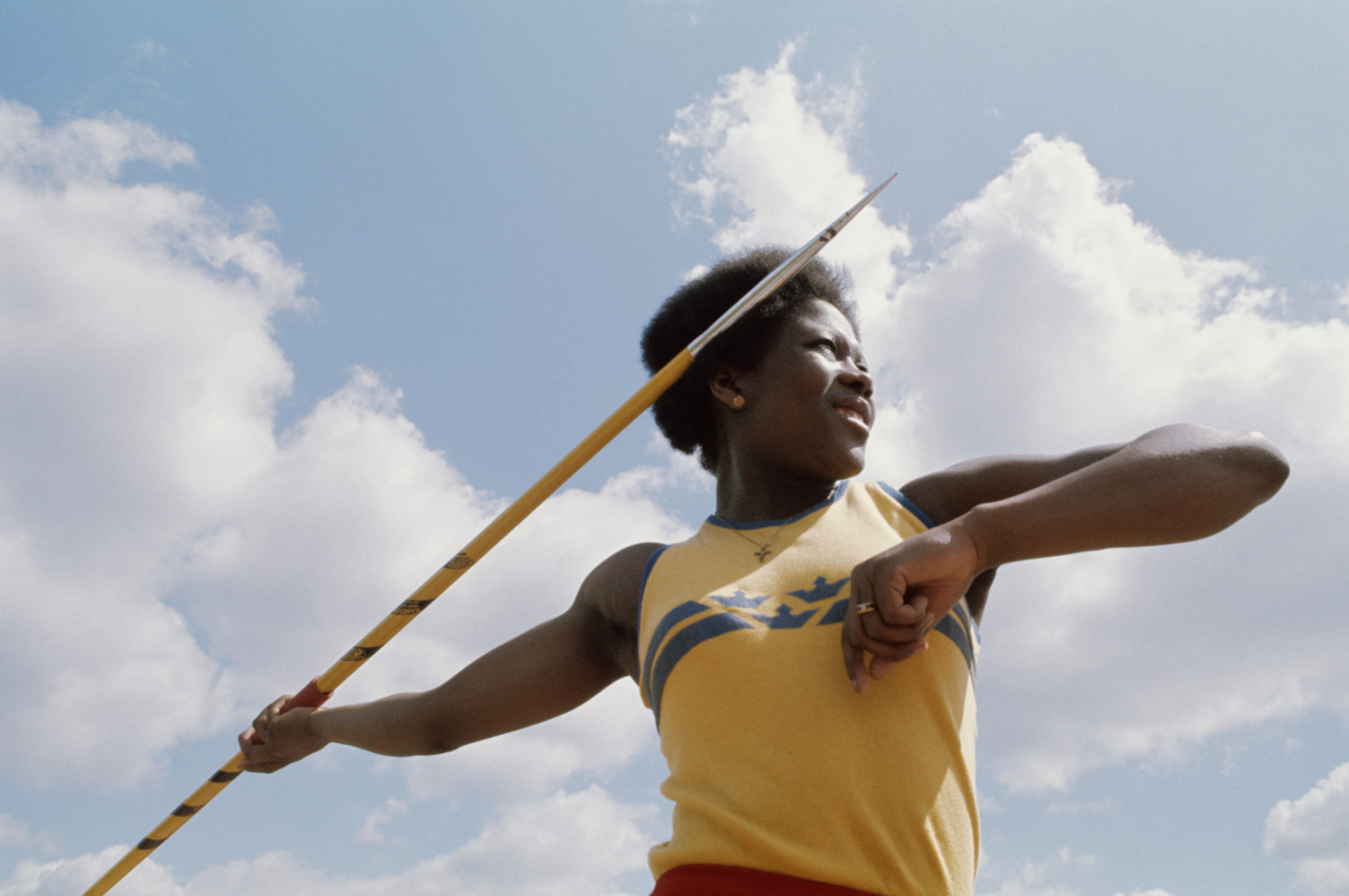
Communities at the Forefront
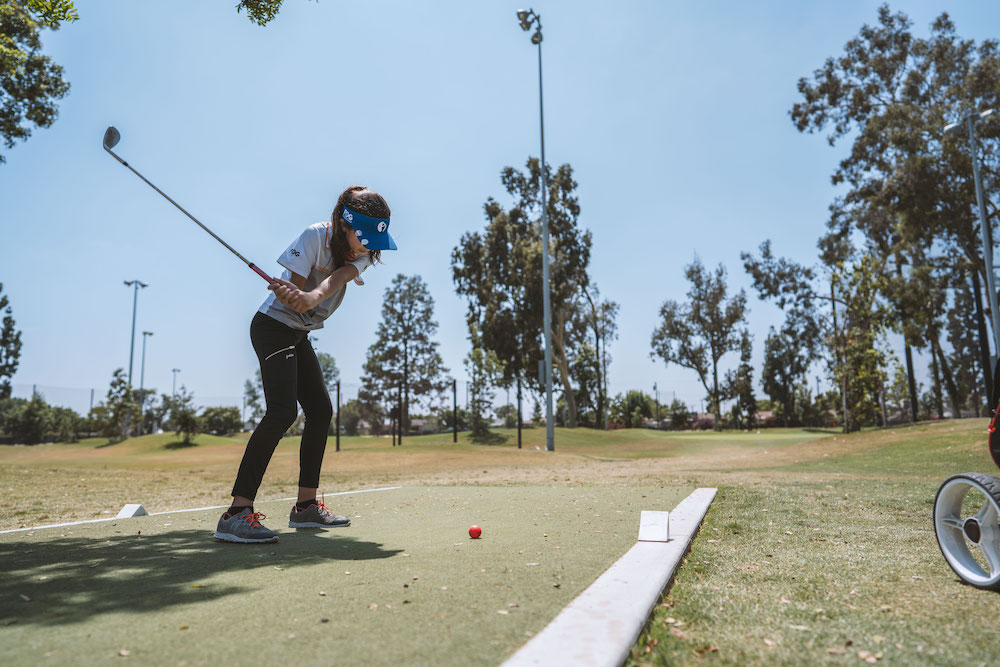
In October 2014, the Women’s Sports Foundation (WSF), and espnW co-founded “Sports 4 Life”, a national grant program to increase participation and retention of African American and Hispanic girls in sports, especially in under-resourced communities. These grants are intended to help small and mid-size organizations in all 50 states create or expand sustainable developmental sports programming for girls in middle and high school, as well as provide high-quality sports programming to foster strong recruitment and retention of African American and Hispanic girls. The program also seeks to create leadership opportunities and increase public awareness to address disparities in girls’ access to sports.
This report presents findings from data collected over the last five years from the Women’s Sports Foundation’s Sports 4 Life grantees. The Sports 4 Life evaluation team developed several research tools customized to measure strength in the key objectives identified by the national and regional initiatives, and to examine these objectives from the perspectives of multiple stakeholders—the girls who participate, their program leaders, and community stakeholders. These tools, combined with qualitative data drawn from interviews, think tanks that brought together regional partners and the WSF to identify key regional priorities, and open-ended survey questions, provide a robust account of Sports 4 Life’s contributions to the field of positive sports youth development.
Keeping Girls in the Game
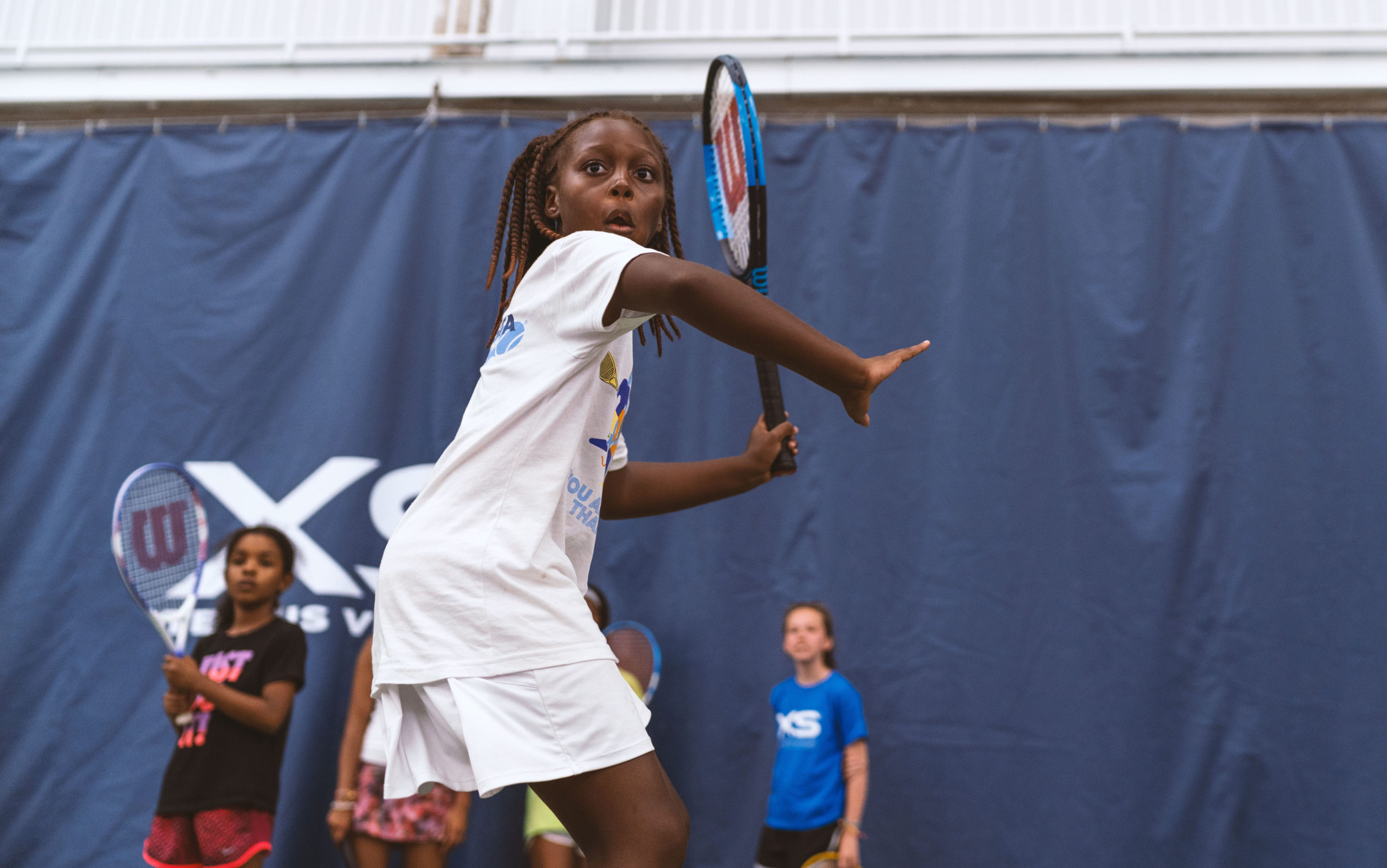
This is one of the first studies of its kind to systematically examine processes influencing youth entry, retention, and dropout from sports.
To accomplish this objective, the Women’s Sports Foundation (WSF), in partnership with The DICK’S Sporting Goods Foundation, commissioned a national survey about the participation and experiences of youth in sports to identify the most important factors related to youth entrance into sport and those associated with dropping out of sports. The nationally representative survey was administered to 3,041 boys and girls between the ages of 7-17 and their parents/guardians to inquire about child-related, sport-related, and systemic factors expected to influence youth access, experiences and motivations for initial participation (entrance) and sustained/continued participation in organized sport.
Findings from this report provide important insights into the gender, race/ethnicity, and socio-economic disparities found in sports participation and dropout, and identify critical areas to intervene.
Her Life Depends On It III & Girls and Women of Color
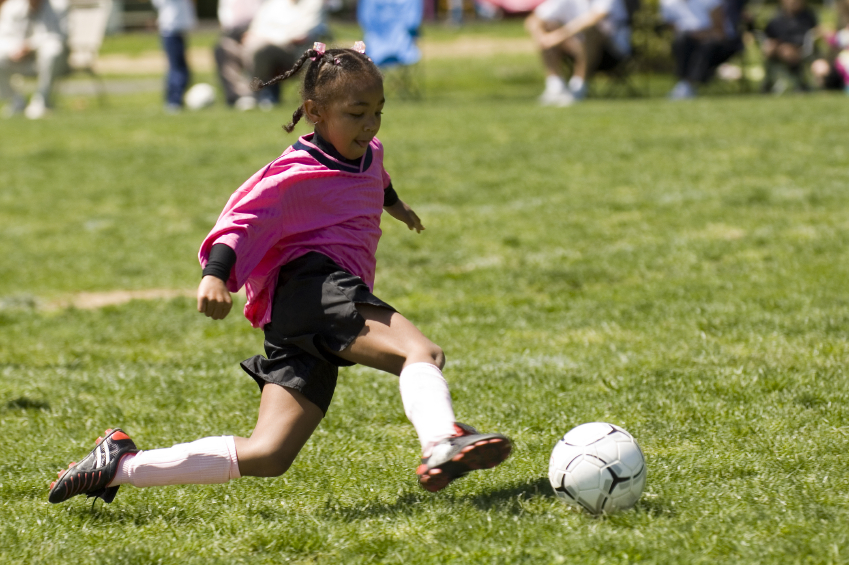
To assist readers who have specific interests, the WSF has created a series of Research Briefs from Her Life Depends On It III.
Her Life Depends On It III is the Women’s Sports Foundation’s comprehensive report that reviews existing and emerging research on the links between participation in sport and physical activity and the health and wellbeing of American girls and women. As with the previous editions in 2004 and 2009, this study also confirms that physical activity and sport provides the critical foundation, in no small part, that allows girls and women to lead healthy, strong, and fulfilled lives. Ten years since its first publication, the updated Her Life Depends On It provides an even more comprehensive review of the ever-expanding body of research that demonstrates how important it is for girls and women to participate in sport and physical activity. The report’s contents reflect the review of 1,500 studies, nearly 400 covered since the previous edition.
Mapping Attrition among U.S. Adolescents in Competitive, Organized School and Community Sports
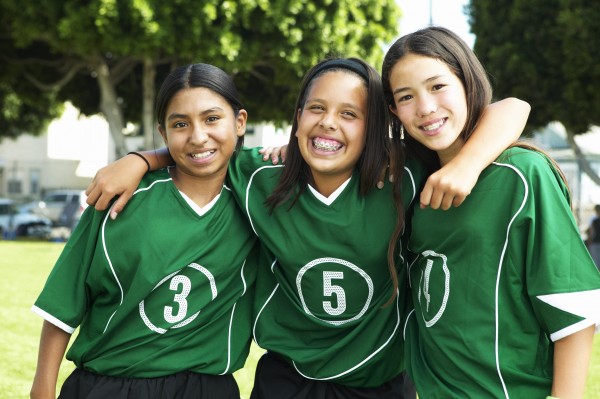
This study by the Center for Research on Physical Activity, Sports, and Health describes and analyzes the shifting flow of U.S. adolescents into and out of competitive, organized school and community sports across the high school years.
It tracks and assesses if athletic participation rates increased, decreased, or remained stable between eighth grade and 12th grade—across all sports and within each of the 14 sports as well as “other sports.” It examines whether shifts in athletic participation and attrition across the high school years were influenced by race and ethnicity, family socioeconomic level, metropolitan status, gender, or geographic region.
The study concludes there are big leaks in the sport pipeline. While today more teens than ever flow through the pipeline of American sports, participation rates in most sports plunge between eighth grade and 12th grade. It also found that attrition among girls Is significantly higher than among boys. The attrition rates for girls between eighth grade and 12th grade in all sports are two to three times higher than among boys.
No sweat: African American adolescent girls’ opinions of hairstyle choices and physical activity

This recently-published small study, financially supported by the Women’s Sports Foundation as part of it’s partnership with the University of Michigan (2010-2013), included 36 African-American girls ages 14 to 17 in three states. The authors found a consistent theme among participants: Adolescent girls preferred straightened hair, which was viewed as the most “attractive” style, and said they avoided getting wet or sweating during exercise because they worried it would ruin their hairstyle.
In an interview with the U-M Health Lab, Dr. Woolford explained more about her study and offered suggestions on how to overcome the potential conflict between hair and health.
In an essay for Time, Dr. Woolford and her collaborator, Carole J. Woolford-Hunt, emphasized the larger implications of the study’s findings, stating, “If it is the case that African-American adolescent girls engage in lower levels of physical activity due to concerns about maintaining straight hair, then social norms and pressures are influencing black populations in ways that are likely detrimental to health.”
Go Out and Play – Understudied Populations
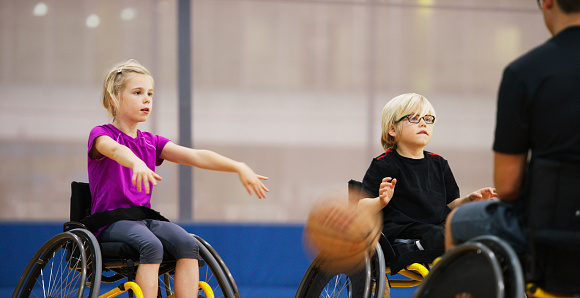
Go Out and Play: Youth Sports in America is a comprehensive research report that covers a range of topics including sports access for children with disabilities. Significant numbers of children from immigrant families are involved with sports and exercise. Their interest is palpable, but for reasons we do not understand, girls lag behind boys in participation.
Go Out and Play – Gender Equity in Sports

To assist readers who have specific interests, the WSF has created a series of research briefs from Go Out & Play: Youth Sports in America.
Go Out and Play: Youth Sports in America is a comprehensive research report that covers a range of topics including gender equity. Today more girls participate in sports than ever before in U.S. history. And yet, equitable access and opportunity in sports remains a goal rather than a reality. Go Out and Play reports parents’ views on the extent of gender equity in youth sports.
Go Out and Play

This study measures the nationwide participation rates of girls and boys in exercise and organized team sports. The central focus is on how the intersections among families, schools and communities are related to children’s involvement and interest in athletics and physical activity. Some of the personal and social benefits associated with children’s athletic participation are also identified and discussed. The athletic interests and involvements of girls and boys are examined from childhood through late adolescence, including entry into sport as well as drop-out patterns.
Read the Executive Summary here.
To assist readers who have specific interests, the WSF has created a series of Research Briefs from Go Out and Play on the following topics:
Go Out and Play – Athletic Participation and Children’s Well-Being
Go Out and Play – Entry Into Sports, Dropping Out of Sports
Go Out and Play – Gender Equity in Sports
Go Out and Play – Interest in Sports and Physical Activity
Go Out and Play – Participation in Sports and Exercise Activities
Go Out and Play – Participation in Team or Organized Sport
Go Out and Play – Physical Education
Go Out and Play – Sports, Exercise and Family Life
Go Out and Play – Understudied Populations
Go Out and Play – Conclusion and Policy Recommendations
Go Out and Play – Youth Sports in America – Full Report One Pager
Who’s Playing College Sports: Money, Race and Gender
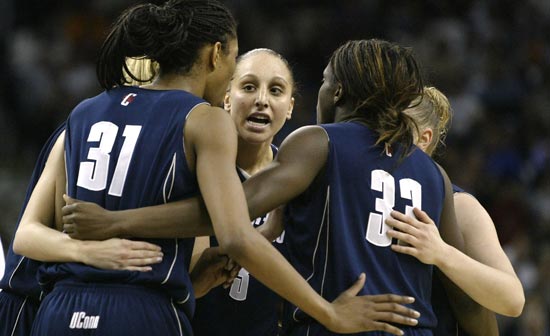
This research is the most accurate description of college sports’ participation patterns to date, shows that both men’s and women’s sports participation have increased over the past 25 years. It examines factors, including Title IX and athletic expenditure growth, impacting today’s college sports participation trends, which vary widely by sport. Changes in high school sports participation, rising health care costs, increased numbers of international students, and college recruitment are explored, as well as the implication of these participation trends on college sports’ diversity.
Read the Executive Summary here or the full report below.
